Everything You Need to Know About Art Deco Style
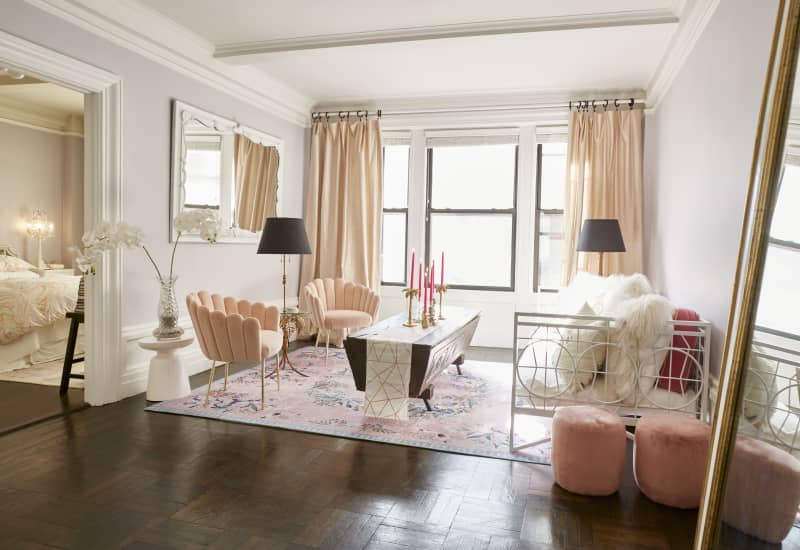
There are certain architectural styles that are so recognizable they transcend formal building expertise or education, and Art Deco is among them. As a century-old discipline, Art Deco style can be used to describe the famed building facades that line South Beach in Miami or the confident details that punctuate the first skyscrapers in New York City.
“Art Deco ‘officially’ stems from a 1925 exposition held in Paris, but today, it’s a fairly broad term that encompasses various design movements that happened in the first half of the 20th century across the globe — everything from the Viennese Secession, to WPA Modern, to even some 1950s design,” says architect and designer Nicholas Potts. “They are unified by experimentation with neoclassical forms and modernist expression.”
It may seem like this style movement already had its time and place, but it’s still prevalent in design and architecture today. Art Deco is iconic for geometric shapes and punchy colors, and feels fresh following the last few years of farmhouse coziness and neutral minimalism. Plus, this design style can be achieved on big and small scales. Below, check out everything you need to know about what Art Deco is, including how to bring it into your own home if it happens to appeal to you.
What Are the Characteristics of the Art Deco Style?
“Art Deco’s trademarks are a sort of stripped-down classicism,” Potts says. “It has relatively simple spaces with elements called out in broad fluting, curved transitions, and sometimes opulent materials such as nickel and stone. Lighting is often indirect, surfaces are often polished, and there is a restraint to it that remains eternally cool.”
Perhaps one of the most well-known examples of Art Deco style is the Empire State Building, which was completed in Manhattan in 1931. As a whole, Art Deco isn’t flashy; in fact, its simplicity is what made it so striking at the time. The Empire State Building’s clean and defined tiers, which support a uniform top, come across as confident without trying too hard. Any embellishments are mostly reserved as details, requiring a closer look.
As far as interior design goes, Art Deco prioritizes soft colors like pastel pink and seafoam, which complement its curved furniture well. “But pastels are by no means the only color palette in this global style,” Potts adds. “I am lately finding myself heavily inspired by the deeper tones and luxurious materials that also show up in Art Deco interiors, such as the gilded ceilings, fluted nickel, and polished green marble seen in the lobby of 45 Rockefeller Plaza.”
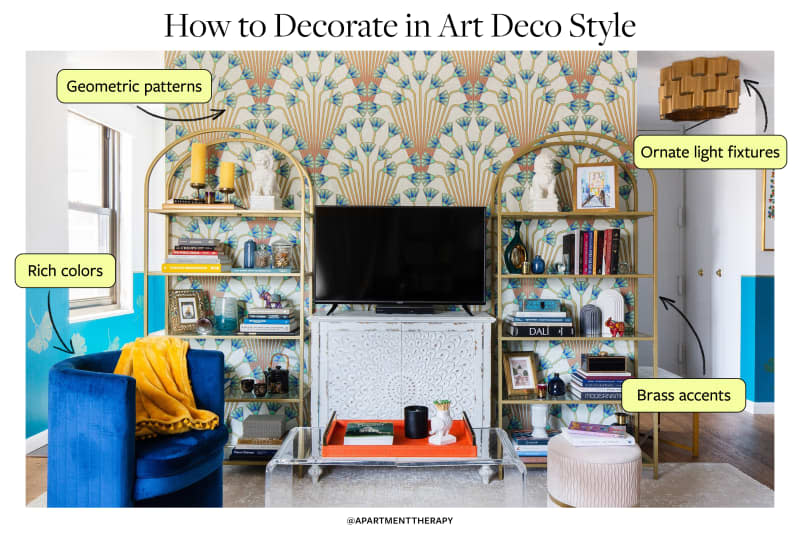
Is Art Deco in Style Right Now?
Art Deco seems to always be in style, as its most notable features of clean lines with color can usually find loyal fans (there’s always a line at the Empire State Building!).
“It’s a very timeless set of ideas that has remained popular since its inception, with periodic resurgences: The 1970s drew heavily from the Art Deco palette, and the more recent ‘millennial chic’ did with its ubiquitous pinks and fluting,” Potts continues. “Since it was an early attempt to address classicism in new ways, it remains an effective toolkit for freshening up period pieces without emulating a museum.”
As with any notable architectural or design type, the more you lean into it, the more of a caricature it can become. So while it’s possible to add fluting to the base of a kitchen island, cover walls in seafoam-colored paint, or add an arch to a door frame, perhaps it’s best to not do all of Art Deco’s greatest hits at once — even if these details are still in style.
Tips for Decorating with Art Deco Style
If you’d like to decorate in an Art Deco style without pulling directly from the pages of The Great Gatsby, you’ll be relieved to know that many of its hallmarks are currently experiencing a modern resurgence. Here’s how you can recreate it in your home, according to three designers.
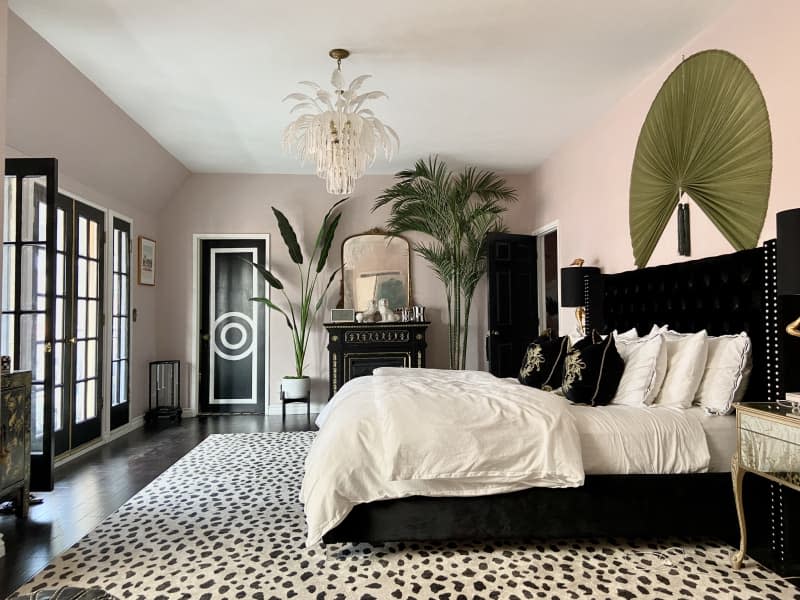
Add a Shiny Light Fixture or Statement Mirror
For Katie Winnington, principal designer at C&E Furniture, she suggests focusing on these two specific decor pieces. “It can be a slippery slope to do too much Art Deco, so keep simplicity in mind,” she says. “I like to incorporate these elements in a subtle way, like in a light fixture or an abstract mirror.” Take a cue from the statement pendant in this Hollywood Regency-inspired LA condo, and look for sunburst shapes or metallic finishes.
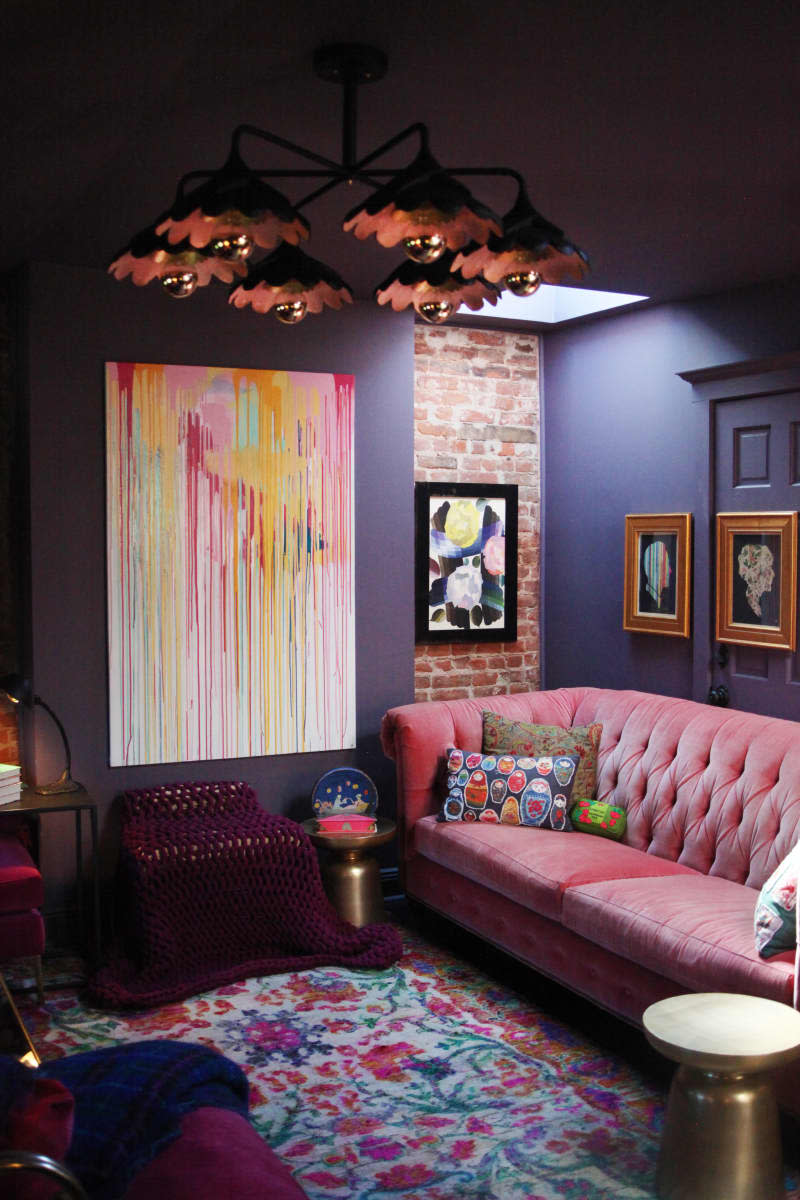
Make Use of Rich Colors
Alexii Friedman, founder and lead designer of Studio Friedman, says Art Deco elements are best applied in touches using a jewel-toned palette, as seen in this Brooklyn rental. “I like the opulence of Art Deco — its rich colors and the layering of texture and materials,” she says. Consider painting a room from floor to ceiling in teal or magenta, and then adding fluting or molding to the walls.
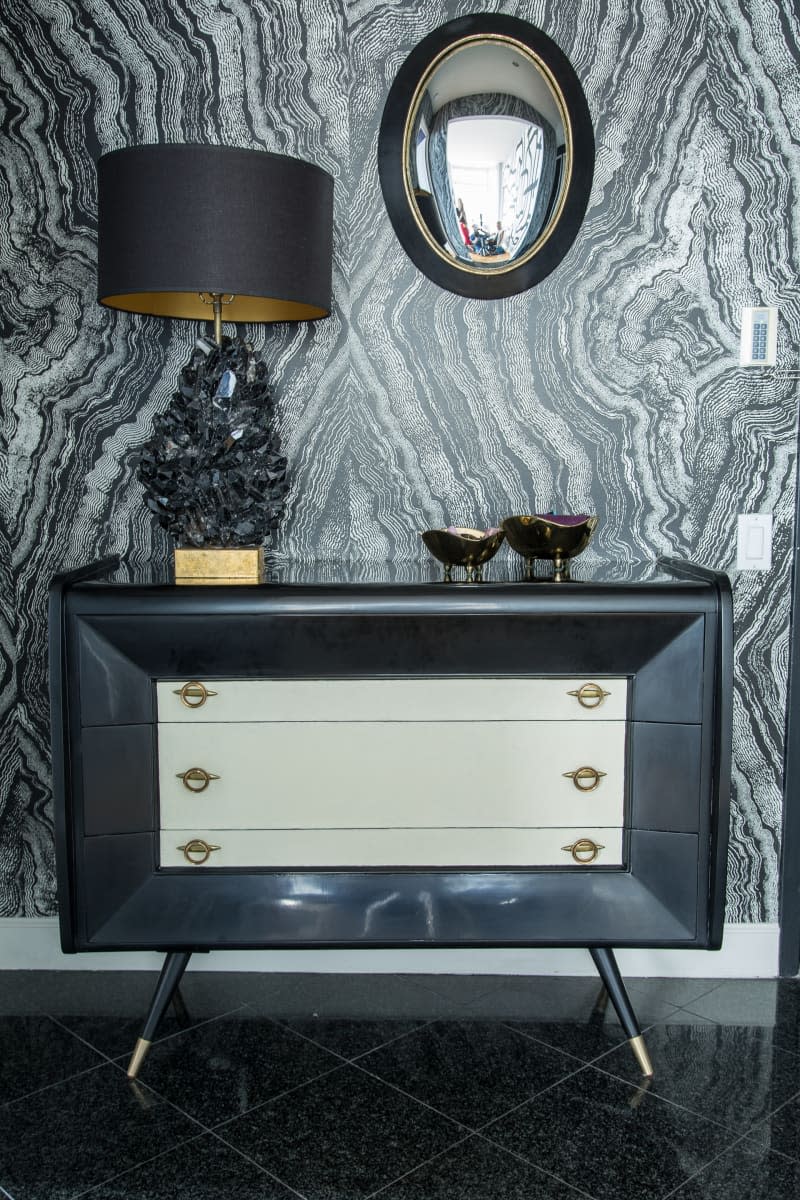
Layer in Geometric Patterns
Art Deco is punctuated by patterns, and Friedman would take a page from its style guide by accessorizing with clean-lined shapes in different sizes. “I would look out for geometric-patterned wall coverings or rugs,” she says, which could beautifully contrast an archway or a curved seating arrangement, like in this Tribeca apartment.
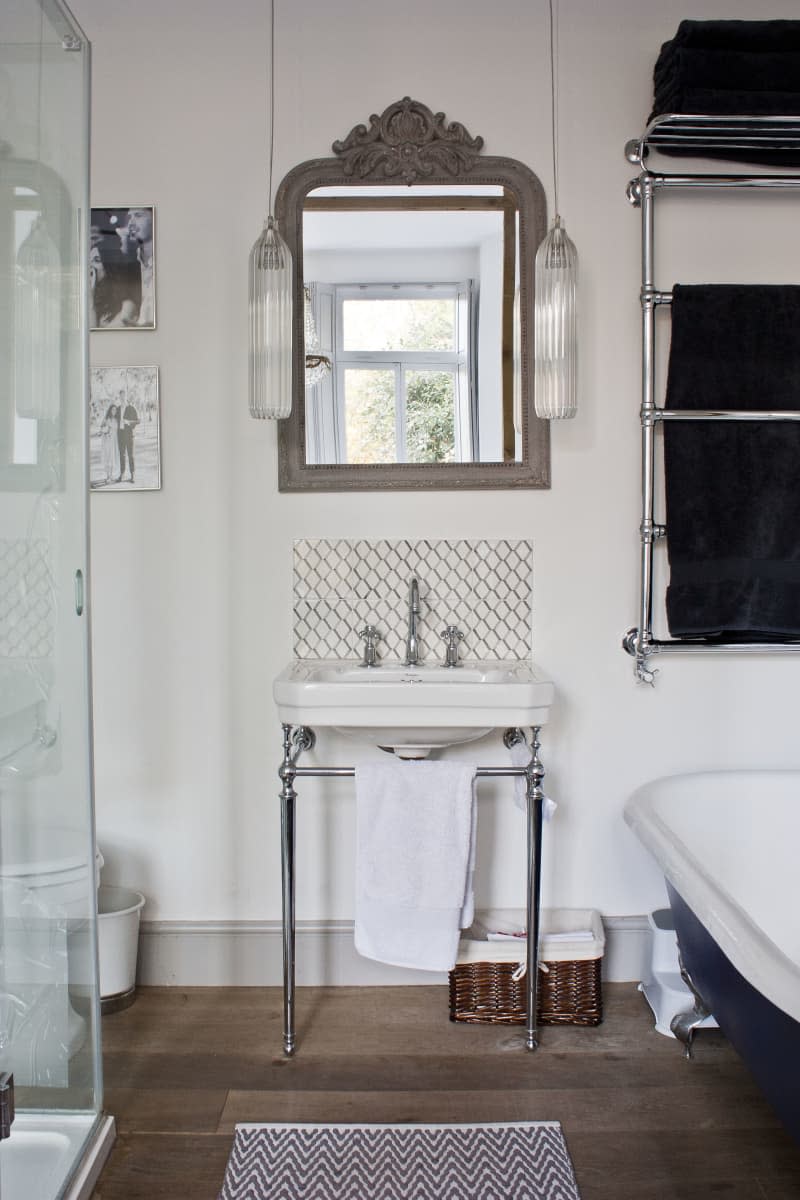
Outfit a Bathroom in Black, White, and Nickel
White marble and polished nickel are of-the-moment finishes that draw on an Art Deco influence, Potts says, as are black-and-white tile work and even diamond patterns. “A small space like a bathroom can be a great place to experiment and be very atmospheric,” he notes. “I’d recommend something like all-black tiles on the floor, frosted glass, and polished nickel fittings, which will never feel out of date.”

And Don’t Forget About Brass
If you want something that packs more of an eye-catching punch than nickel, Friedman notes how popular brass was in the original era of Art Deco. “You have to glam it up!” she notes. Brass can make an appearance in lighting, hardware, curtain rods, and in storage pieces as glimmers of sophisticated texture. This finish can even accent furniture pieces, like the 1930s dining chairs pictured above from this New Orleans apartment. “A little here, a splash there, that’s all you need,” Friedman adds.

